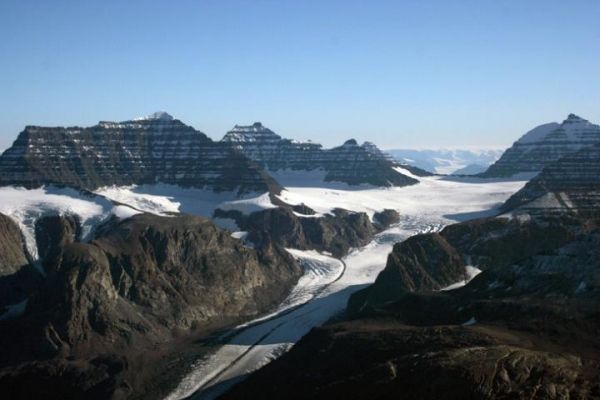The Greenland ice sheet melted a little more easily in the past than it does today because of geological changes, and most of Greenland's ice can be saved from melting if warming is controlled, says a team of Penn State researchers.
"There is geologic data that suggests the ice sheet was more sensitive to warming and temperature variations in the past million years, and not so much in the more recent past," said David Pollard, research professor in the Earth and Environmental Systems Institute at Penn State.
Too much warming will cause Greenland to lose most or all of its ice over the coming centuries, but most research indicates that the threshold warmth for complete ice loss has not been reached yet.
Paleoclimatic records indicate that most of Greenland was ice-free within the last 1.1 million years even though temperatures then were not much warmer than conditions today. To explain this, the researchers point to there being more heat beneath the ice sheet in the past than today.
Read more at Penn State
Image: Glaciers and lava flows, east Greenland. The layered rocks in the high peaks formed when the Iceland hot spot broke through after passing beneath Greenland. The main ice sheet is visible in the distance. (Credit: Richard Alley, Penn State)


